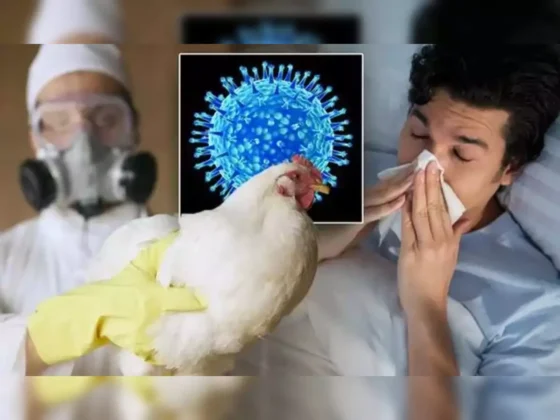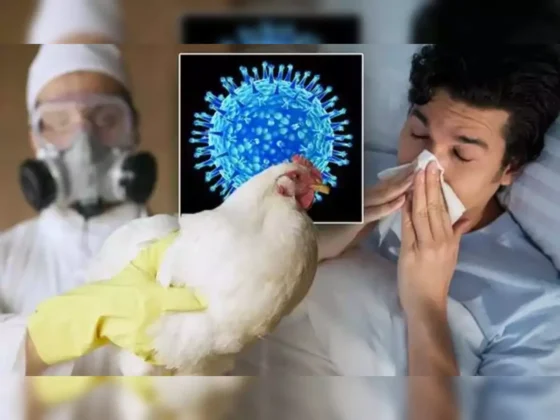Dr. Amit Bhargava Sheds Light on the Complexity of Soft Tissue Sarcomas and the Importance of Research Efforts
Amidst a lack of awareness and understanding, sarcoma remains known as the “forgotten cancer.” As Sarcoma Awareness Month commences, the spotlight is cast on the extraordinary challenges faced by sarcoma patients and the urgent need for increased research and improved therapies for this rare form of cancer.
Soft tissue sarcomas encompass a group of cancers that originate from muscles, fat, tendons, nerves, and lymph nodes, excluding those found in organs, explains Dr. Amit Bhargava, Senior Consultant in Medical Oncology at Fortis Escorts Hospital, Faridabad.
Common Sites of Origin
The limbs, including the hands and legs, are the most frequently affected sites for soft tissue sarcomas. However, these tumors can also arise in the chest, abdomen, and, in females, even the uterus.
Classification and Behavior
Soft tissue sarcomas encompass various types, depending on their tissue of origin and behavior, thereby requiring tailored treatment approaches. Typically, they manifest as painless lumps that gradually increase in size. Pain usually emerges as a late feature when the tumor grows larger and starts to involve surrounding tissues.
Grades and Spread
Some sarcomas are classified as high grade, indicating a heightened propensity to spread to other organs, thereby advancing to stage four.
Diagnosis and Symptoms
Radiological imaging and a biopsy with immunohistochemistry are commonly employed for diagnosis. Symptoms of soft tissue sarcomas include palpable lumps under the skin, which may or may not be painful, bone pain, unexpected fractures even with minor or no injury, abdominal pain, and weight loss.
Treatment Approaches
Smaller tumors can be surgically removed, followed by adjuvant radiation or chemotherapy, or a combination thereof, to ensure comprehensive treatment. Larger tumors are often treated with chemotherapy or radiation therapy to downstage the disease before proceeding with definitive surgery. Metastatic disease, classified as stage four, is typically managed through palliative treatment involving chemotherapy and/or radiation.











